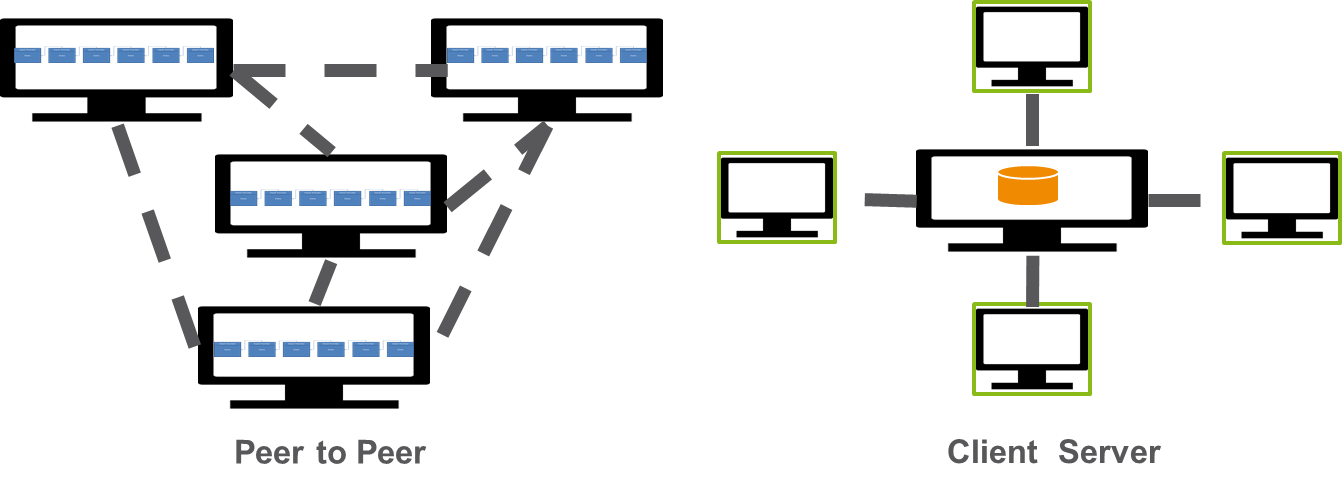Fundamental Concepts associated with Blockchain
When discussion Blockchain you will definitely come across the following terms.
- Shared (Distributed) Ledger
- Smart Contracts
- Consensus
- Provenance
- Immutability
- Proof of Work
It is important that you have some basic understanding of the above terms.
Distributed Ledger: A copy of the ledger (Blockchain) is stored in all the participating peers in the Blockchain network. The Blockchain network is a peer-to-peer architecture. This creates data redundancy but ensures that there is no single point of failure.

Smart Contracts: Codified self executing business logic implemented over Blockchain.
Consensus: it is the mechanism by which all nodes in the Blockchain network agrees upon which Block (transaction) set gets added to the chain. Distributed computing existed well before Blockchains, but it is this consensus mechanism ensuring that all nodes are in agreement makes Blockchain so robust.
Provenance: Every block (set of transactions) is linked to the previous block in a Blockchain. This makes it possible to track a transaction to its origin.
Immutable ledger: Any change in data will change the hash of that block. Now this block hash is also the pointer to the next block. So, if any one tries to change an entry in one block then all the subsequent hash needs to be recalculated for every copy of the Blockchain. This requires astronomical computing resources thus making it impossible for an individual to corrupt the ledger entries.
Nonce and Proof of Work: A nonce is the number/string that needs to be appended to the block so the the block hash has the fixed pattern (number of starting zeroes). This is akin to solving a mathematical puzzle of varying complexity. The mechanism of validating a block requires extensive computing resources, and is hence is called proof-of-work.